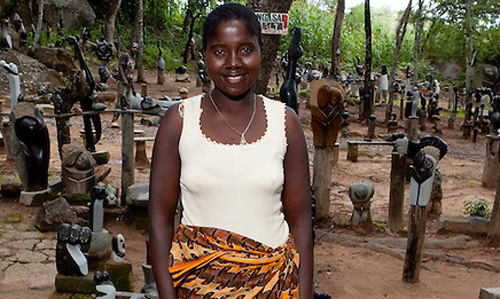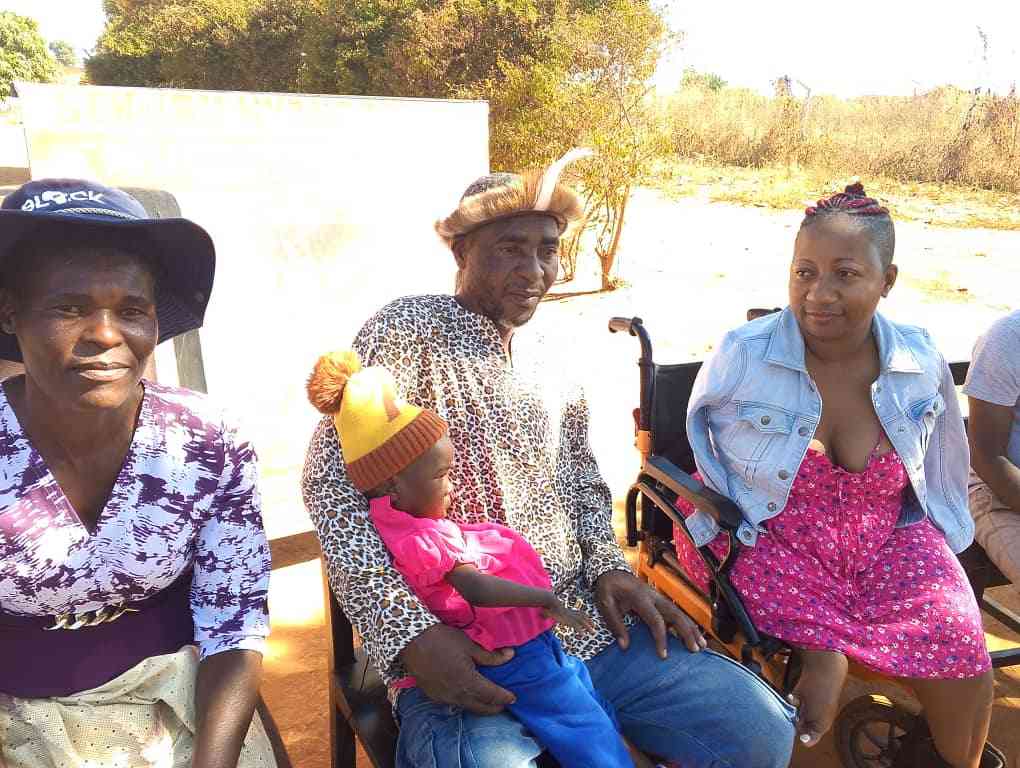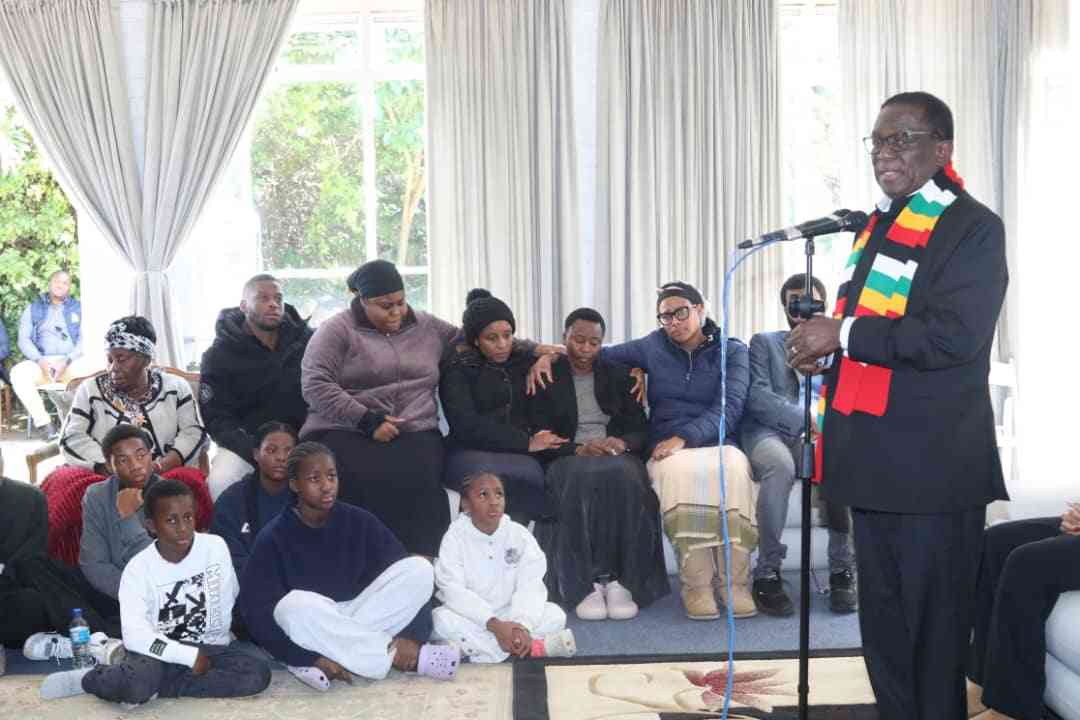
When Tom Bromfield founded Tengenenge Art Community in 1966, after economic sanctions were imposed on the then Rhodesia, little did he know that the establishment would become a world-acclaimed gallery.
Moses Mugugunyeki recently in Guruve
Tengenenge — which means “the beginning of the beginning” — became a household name in the arts industry, attracting buyers from all over the world, with the majority coming from the Netherlands.
Zimbabwean sculpture was all over Dutch galleries and local artistes, mainly those from Tengenenge, became the darling of the Dutch arts sector.

Renowned for churning out world-acclaimed sculptors in Nicholas Mukomberanwa, Davison Chakawa, Fanizani Akuda, Bernard Matemera and Nimrod Phiri, Tengenenge Art Community became popular with foreigners, mainly tourists and gallery owners.
“At one time Tengenenge Art Community was an arts hub here in Zimbabwe. We used to receive four to five foreign visitors a month,” said Tengenenge Art Community administrator, Augustine Mbilinyu.
Mbilinyu acknowledged that all was not rosy at the centre anymore, which is home to 150 sculptors, of which nine are women. “It’s now a different story. The Tengenenge that we used to know is no more. We no longer have those foreigners who used to visit us in their numbers,” Mbilinyu said.
- Chamisa under fire over US$120K donation
- Mavhunga puts DeMbare into Chibuku quarterfinals
- Pension funds bet on Cabora Bassa oilfields
- Councils defy govt fire tender directive
Keep Reading
He attributed the challenges faced by the arts centre to a plethora of factors, which included the country’s ailing economy, tense political environment and global recession.
“Every sector of the Zimbabwean economy, including the arts industry is battered due to the current economic downturn, but the visual arts industry is the hardest hit”.
“Tengenenge relies on foreigners and most of them no longer come to Zimbabwe because of political and economic reasons. Most foreigners have also been affected by the global recession, which I believe has taken a toll on the whole arts industry.”
Mbilinyu said the centre, which used to receive large numbers of foreigners per month was now a pale shadow of itself. “During its heydays, Tengenenge was a hive of activity with lots of foreigners, but today we can receive one or two foreign buyers in a month,” he said.
Things started falling apart at Tengenenge in 2008 at the height of the economic hardships in the country, coupled with the worsening relations between Zimbabwe and some European countries
“Some of our artistes moved out of the centre, opting to operate from places which were closer to towns. Most have established successful galleries outside Tengenenge,” he said.
“We used to receive buyers from Europe and we had partnerships with artistes from those countries. However, we have maintained our close ties with Europe through their diplomatic missions here in Zimbabwe.”
Mbilinyu said the reason why some artistes were leaving the arts community was that schools were far away from the centre.
“While we might want to be part of this centre, we feel that schools are very far away. Some artistes were forced to leave the centre because they wanted to stay closer to schools. However, we managed to convince the authorities who have given us a satellite school at the farmhouse,” he said.
Mbilinyu, however, said despite the challenges faced by the arts centre, life was going on for a myriad of people who rely on Tengenenge.
“Work is in progress and most artistes are doing well. Yes, we are living from hand to mouth but work is being done at the centre. A handful of customers are still coming and we hope all will be well in the near future,” he said.
Josiah Manzi, one of the oldest sculptors at the centre, said in the arts industry, patience was a virtue.
“Artistes have to be patient. It is one of the most important aspects in this industry,” said Manzi, who is regarded as the first generation sculptor at the centre.
“I joined Tengenenge in 1967 after I was identified by Bromfield. I used to work in the farm and would do sculpting after work. I was patient enough during my career which made me achieve all that I wanted”.
Manzi and several of his siblings, including grandchildren, are sculptors at the centre. He has won the National Arts and Merits Award twice and several international accolades.
Mbilinyu said Tengenenge was appealing for equipment to mine stones.
“We are priviledged to have our own mine, but we don’t have machinery because we rely on manpower,” he said.











